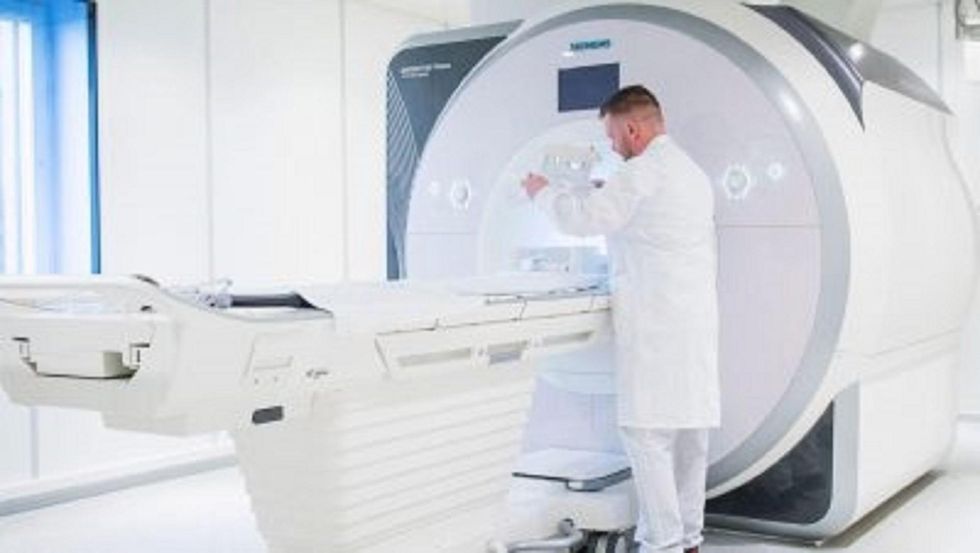
Researchers recently discovered differences in brain activity and structures in children with gender dysphoria. (Jonathan Nackstrand/AFP/Getty Images)

Researchers recently discovered that brain structure and activity in children with gender dysphoria resemble that of the sex they identify with rather than their biological sex.
Professor Julie Bakker, who led the research at the University of Liege in Belgium, along with a team of researchers at the VU University Medical Center in the Netherlands, made the discovery by analyzing brain structure and patterns in about 160 male and female participants.
“Although more research is needed, we now have evidence that sexual differentiation of the brain differs in young people with GD, as they show functional brain characteristics that are typical of their desired gender,” said Bakker, who led the research at the University of Liege in Belgium.
The new findings were presented at the 2018 European Society of Endocrinology’s annual symposium in Barcelona, Spain.
Researchers exposed the participants' brains to a steroid, then they used MRI tests to measure and examine the subjects' gray and white matter.
The study included boys and girls with gender dysphoria ranging in ages from childhood to adolescence. They used boys and girls without gender dysphoria as controls.
Researchers believe doctors will be able to use this type of testing to diagnose children at an earlier stage of development.
“We will then be better equipped to support these young people, instead of just sending them to a psychiatrist and hoping that their distress will disappear spontaneously," Bakker said.
Scientists believe certain hormones taken by the mother during pregnancy may lead to gender dysphoria, as well as fetal insensitivity to certain hormones.
Gender dysphoria affects about 1 percent of the population, but diagnoses have risen in recent years because of awareness, according to the National Health Service in the United Kingdom.
Many children diagnosed with gender dysphoria undergo psychotherapy after being diagnosed.
Hormones can delay the onset of puberty for those who want to have surgery or other therapy when they are adults.